Grab your Mickey ears and get ready to dive into a world of Disney magic.
1. There is a real Disney Vault — it's in Glendale, California. It's a building that houses everything from the films themselves to the sketches and models used to make them, as well as many other things from the company's 100-plus year history.

Hulton Archive / Getty Images
2. Mickey and Minnie Mouse share the exact same birthday — Nov. 18, 1928 — as they both appeared in Steamboat Willie together:
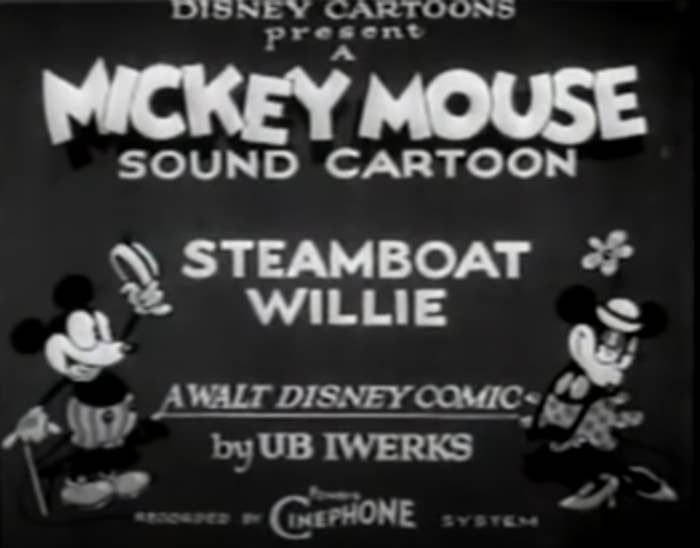
3. But, Steamboat Willie is NOT technically the first cartoon Mickey and Minnie appeared in. It was actually Plane Crazy.

Disney/ / Via youtube.com
While Plane Crazy was the first Mickey cartoon ever made, it was actually the third one released. Also, Mickey and Minnie didn't wear shoes in it.
4. Prior to 1988, Minnie Mouse only starred in one cartoon by herself: 1942's Out of the Frying Pan and Into the Fire, which was a WWII training video about rationing.

5. The first sound cartoon in color is 1930's Fiddlesticks — though it's not fully color as it used a two-color processing system. The cartoon — which was about the character of Flip the Frog — was created by Ub Iwerks, an early Disney animator who worked with Walt for 10 years. He left the studio in 1930 over various creative differences. Fiddlesticks also features a mouse that looks a lot like Mortimer Mouse, and it's speculated that it's because it's actually an early design of Mickey Mouse, whom Iwerks helped refine the design of.
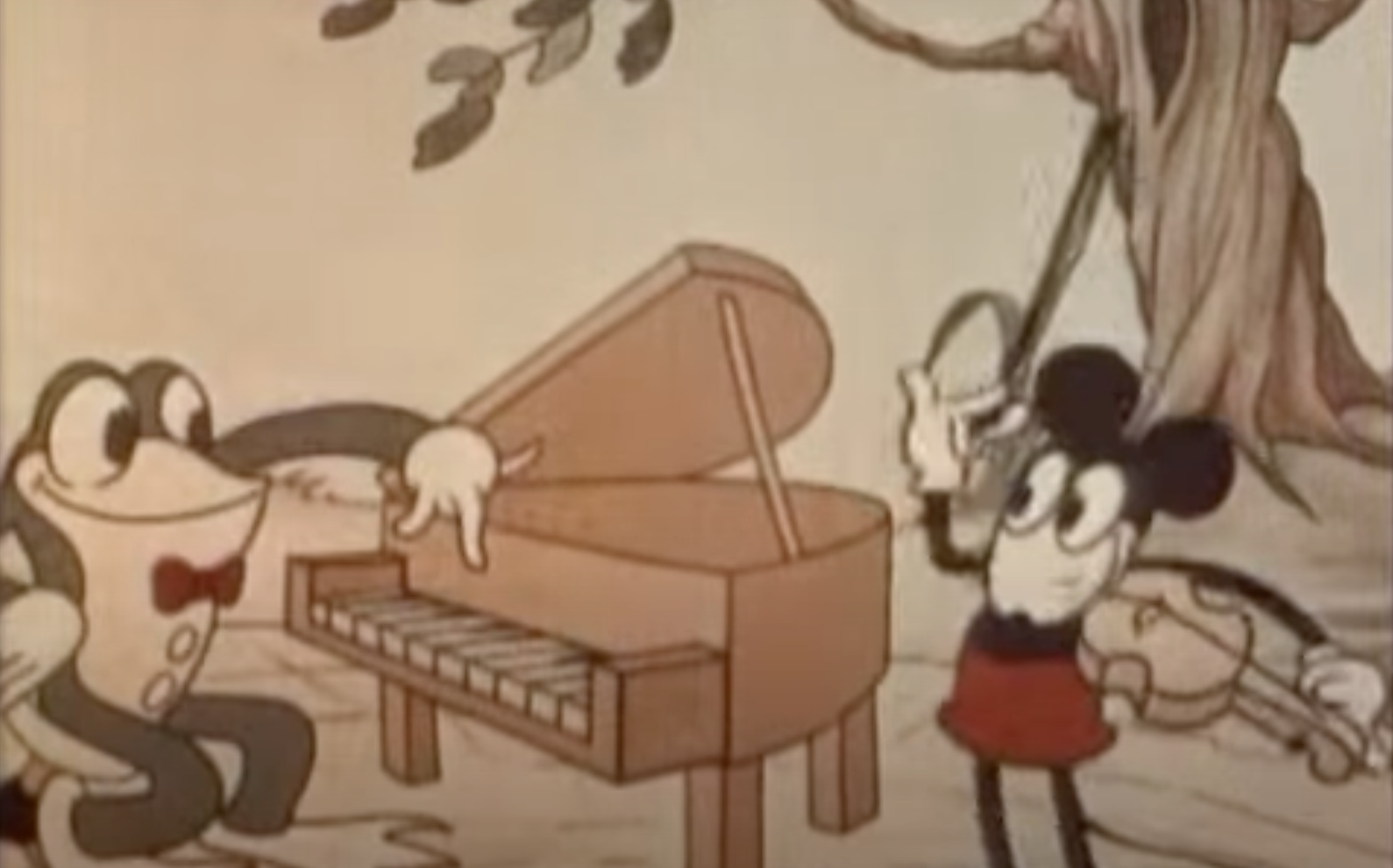
MGM/ Savizzaviz / Via youtube.com
Mortimer Mouse wouldn't appear in a Mickey Mouse cartoon until the 1936 short, Mickey's Rival.
6. Legendary Looney Tunes animator and director Bob Campett helped create the very first Mickey Mouse dolls. In 1930, a 16-year-old Bob was asked by his aunt, Charlotte Clark, who was a seamstress, if he could help her come up with some drawings to help make a pattern for a Mickey Mouse doll. Unable to find reference pictures of Mickey, Bob went to a local movie theater in Glendale, California, where he drew sketches while watching Mickey Mouse shorts. Using his sketches, he and Charlotte then created the classic 1930s Mickey Mouse doll.
Bob Olsen / Toronto Star via Getty Images, Brandstaetter Images / Getty Images
However, Bob's father told them they needed Walt and Roy Disney's approval because of copyright issues. They set up a meeting with Walt and Roy, who were impressed with the dolls' level of craftsmanship. Walt and Roy struck up a deal with Charlotte to handmake the dolls for them — which they gifted to business associates, family, and friends — even setting her up in a small studio.
7. The classic Mickey Mouse ear hats that you can buy at Disney Parks around the world were originally created for The Mickey Mouse Club in 1955. The design of the hat was inspired by the 1929 animated short Karnival Kid.
Disney / Courtesy Everett Collection, Disney / Via youtube.com
The hat, which was designed by Roy Williams, would be later be replicated and sold at Disneyland.
8. It wasn't until 1986 that Disneyland began being open 365 days a year. Prior to that it was closed on Mondays and Tuesdays.
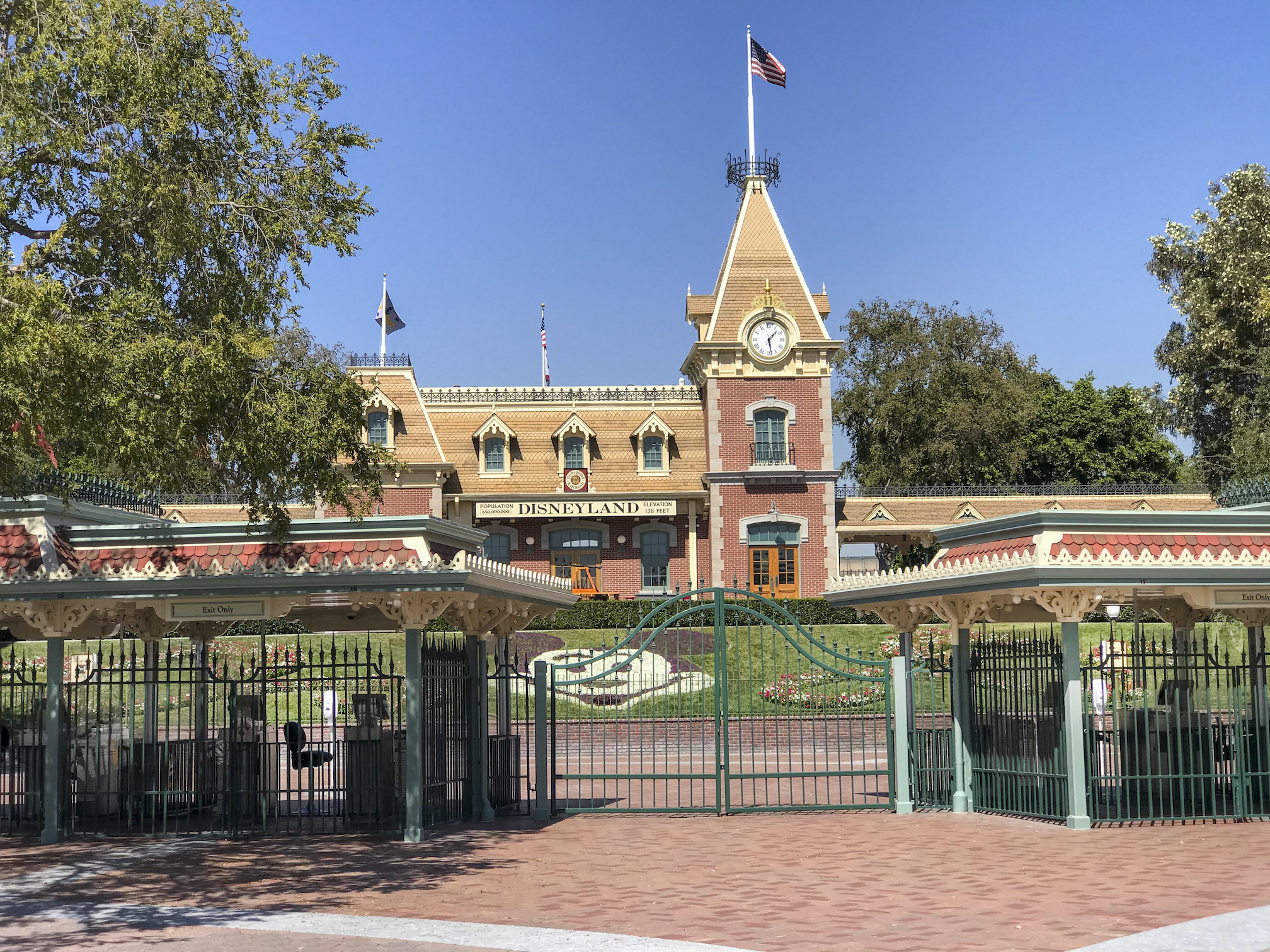
Allen J. Schaben / Getty Images
Disneyland used to be closed on Mondays and Tuesdays during the off-season, which was September through May. But it would open seven days a week during the holidays.
9. Originally, Sleeping Beauty Castle was meant to be Snow White Castle (which is why its design is based on Germany's Neuschwanstein Castle). The name was changed to promote the upcoming movie, which, at the time was in production when the park opened.

Bettmann / Getty Images
In 1957 (two years before Sleeping Beauty premiered), the walkthrough for it opened inside the castle, also to help promote the film.
10. Sleeping Beauty ended up being a major disappointment at the box office. However, it was able to actually recoup its cost and become a successful movie, but only after it was theatrically re-released three more times (in 1970, 1979, and 1986).
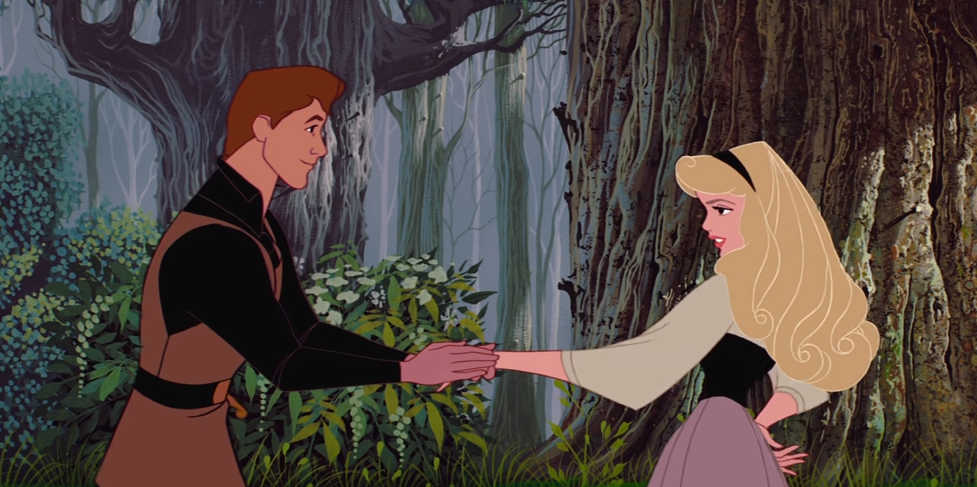
Disney
11. Marc Davis, who did the key animation for Cruella de Vil, based the character partially on actress Tallulah Bankhead.
Disney, Silver Screen Collection / Getty Images
And, Cruella sounding like Tallulah was actually unintentional. Betty Lou Gerson, who voiced the character, told the LA Times in 1991, "Well, I didn’t intentionally imitate her. I was raised in Birmingham, Alabama, and Tallulah was from Jasper, Alabama. We both had phony English accents on top of our Southern accents and a great deal of flair. So our voices came out that way."
12. Cruella pays homage to Tallulah Bankhead being the inspiration for the character in a scene early in the film where Cruella robs the hotel room. In the scene, the movie playing on the TV in the room is Alfred Hitchcock's Lifeboat, which starred Tallulah.

Disney
Mediapunch / Getty Images, / ©Buena Vista Pictures/courtesy Everet / Everett Collection
14. Tim Curry was under consideration to play Judge Doom in Who Framed Roger Rabbit; however, his audition performance was so "terrifying" that producers passed on him.
Ron Galella, Ltd. / Ron Galella Collection via Getty Images
15. Robin Williams improvised a lot of his lines as the Genie and gave Disney over 30 hours of voice recordings. While there are enough recordings to make a fourth Aladdin movie, they can't 'cause Robin has a clause in his will that forbids them from using it (and it has nothing to do with Disney, FTR).
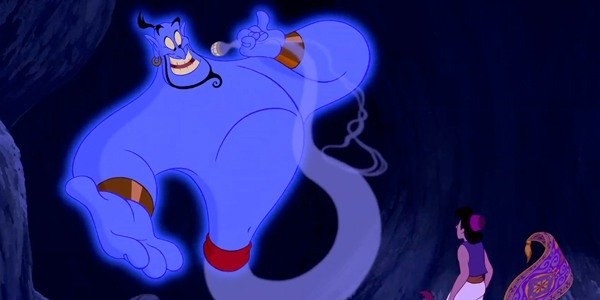
Disney
The clause was put in to prevent his family from having to pay estate penalties from any posthumous earnings.
16. The Legend of Sleepy Hollow was originally supposed to be a full-length movie, but at the time — in the late '40s — the studio didn't have the budget for it.
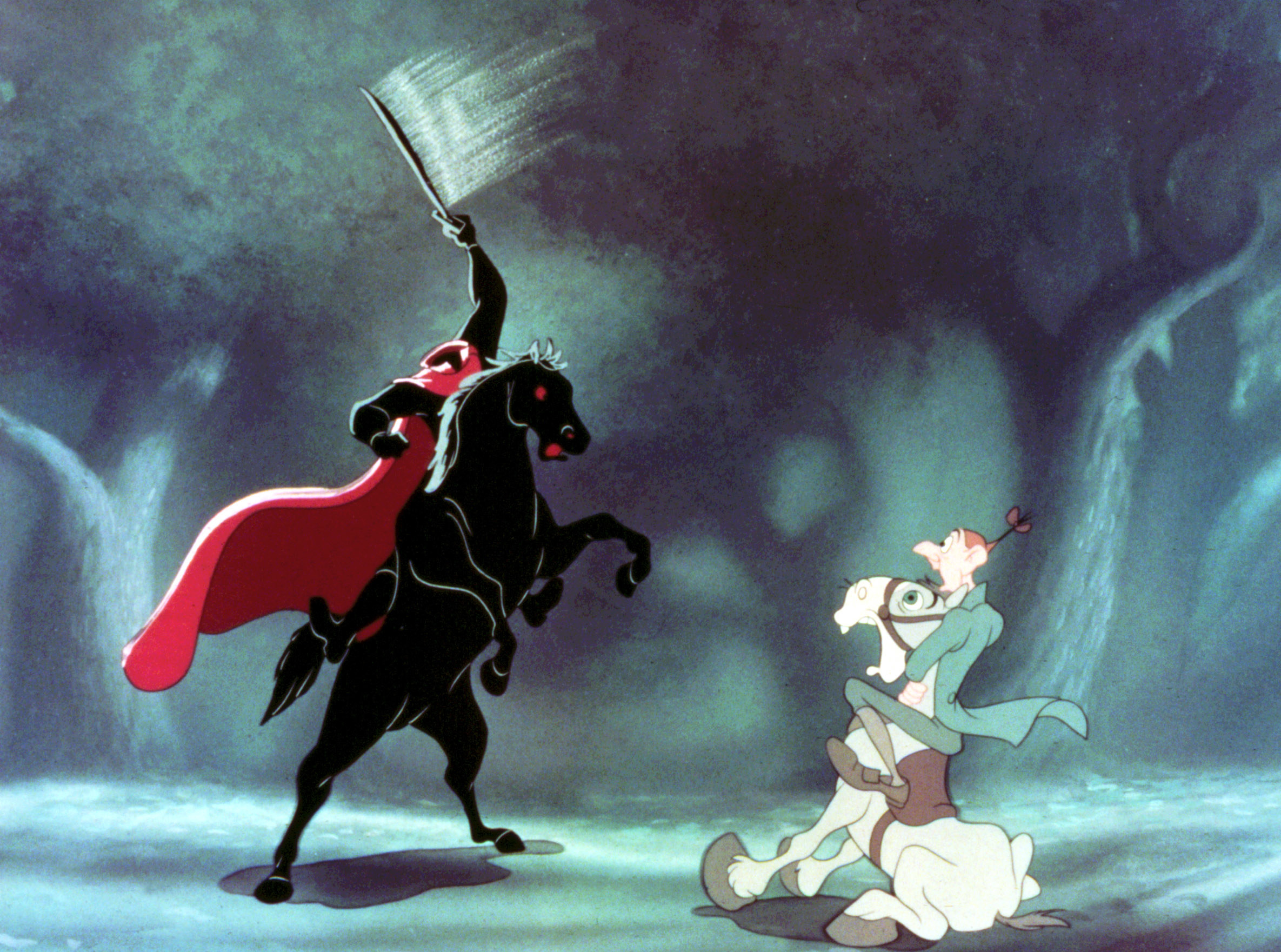
Disney/ Courtesy Everett Collection
Throughout the 1940s, Walt Disney Studios had struggled financially — mainly because of World War II — so the studio realized that making a full-length version of the film was something it really couldn't afford. Instead they decided to make it a featurette packaged with a Wind in the Willows featurette.
17. Disney actually has a history of having its princess films saving it in one way or another — like Cinderella, which actually financially rescued the studio after it became a huge hit in 1950.

Disney / Via youtube.com
Even though Cinderella had been a huge success, Walt was unhappy with how the film turned out, and he felt he would never create anything as good as Snow White again.
18. Walt Disney almost made a sequel to Snow White and the Seven Dwarfs called Snow White Returns. It would have been a featurette instead of a full-length movie, and the plot would have revolved around the Seven Dwarfs getting the cottage ready for a visit from Snow White.
Disney/ Courtesy Everett Collection, The Disney Archives / Via youtube.com
Not much is known about the movie, but it did get storyboarded. It's speculated that, aside from wanting to make a follow-up because of the tremendous success and popularity of Snow White, the sequel was being made because it used two almost completed animation sequences that were cut from Snow White.
19. In 2005, a direct-to-video, computer-animated prequel film to Snow White and the Seven Dwarfs was put into production. The prequel was titled The Seven Dwarfs and was led by director Mike Disa and screenwriter Evan Spiliotopoulos — who both knew the reputation of Disney animated sequel films being unoriginal and not great — and wanted to make something very different. According to Mike, he said it would be "Disney’s answer to The Lord of the Rings." However, in 2006, when John Lasseter became the Chief Creative Officer of Walt Disney Animation Studios, he canceled the movie, along with all other direct-to-video movies still in development.
Walt Disney Co. / ©Walt Disney Co./Courtesy Everett Collection, Courtesy Everett Collection / Everett Collection / Everett Collection
The plot of the movie was actually interesting. It followed Grumpy and Dopey on a quest into the Old Forest to the city of Dwarfenholme; along the way, they would meet the other Dwarfs and befriend a young girl named Narcissa. Also, during the journey, the Dwarfs are being hunted by an evil wizard who wants to use them to get the Olden Dwarf’s ancient magical power. But Narcissa is actually the wizard's daughter and works with him to trick the Dwarfs. The film would have ended with Narcissa double-crossing her father by stealing the Olden Dwarf's magic and placing him in the mirror before turning on the Dwarfs.
20. Walt Disney re-released Snow White and the Seven Dwarfs in 1944 because the studio was cash-strapped because of WWII. The re-release was a huge success, and it started the tradition of Disney re-releasing its films into theaters every 7–10 years. This would end in the '90s after Disney decided to release the wildly successful The Little Mermaid onto VHS. Being the first Disney movie to be released on home video following its theatrical run was considered a huge gamble for the company.
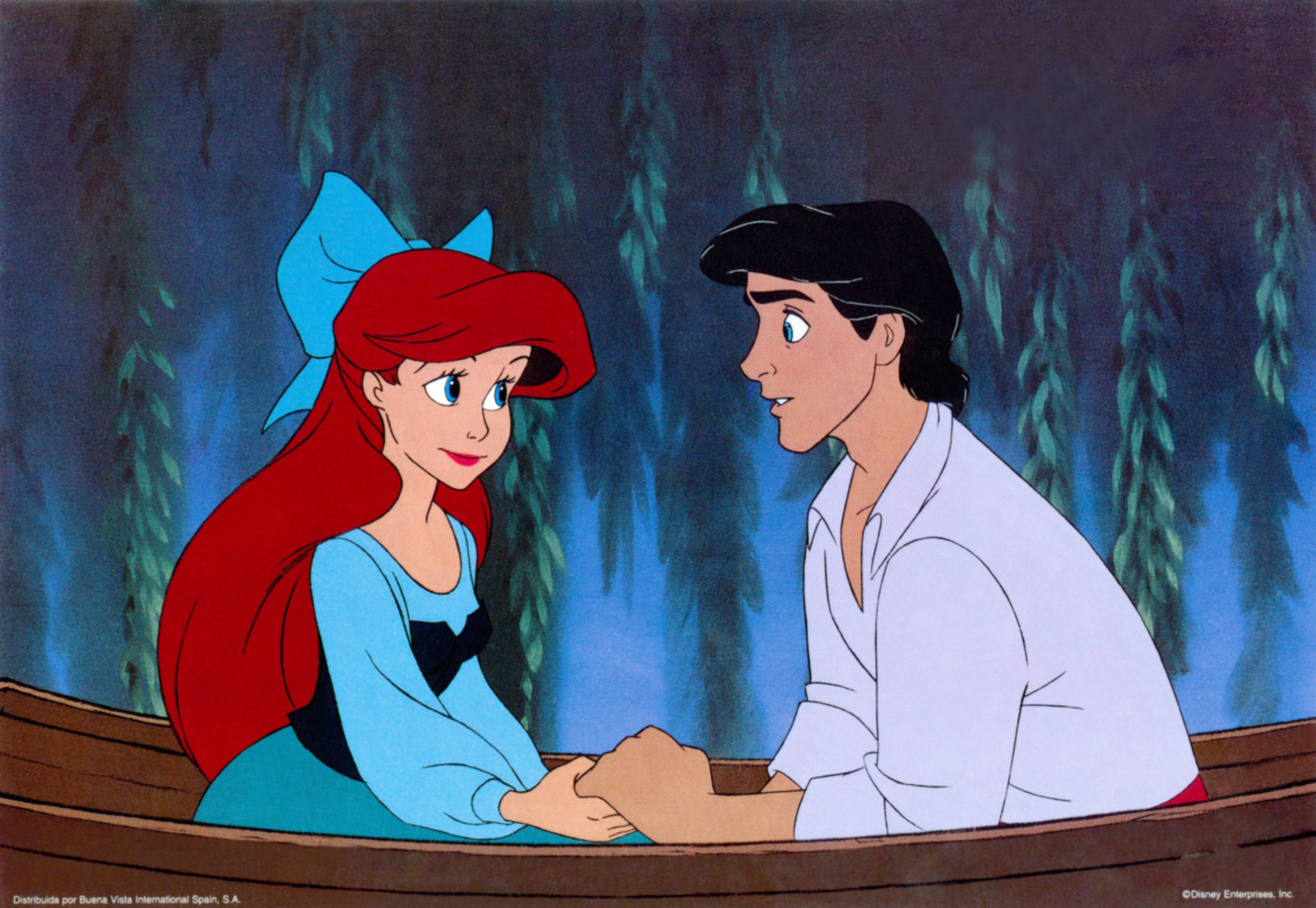
Walt Disney Co. / ©Walt Disney Co./Courtesy Everett Collection
21. The Little Mermaid was released onto home video six months after its release and, of course, went on to become a huge seller. But, many at Disney did not want it to be released onto home video as it would cut into the established theatrical re-release model. The success of it led Disney in the 1990s to shift to the home video model, not only releasing its new movies on home video but also its "vault" movies.

22. Though Disney very much resisted putting its animated movies onto VHS, in 1985, Pinocchio became the first classic Disney animated movie to get released onto home video, and they charged a premium for it, pricing it at $79.95 (which would be around $238.94 in today's money).

Disney/CK Outlet / Via ebay.com
Prior to 1985, the only animated movies out on home video were Robin Hood, Alice In Wonderland, and Dumbo (which Disney did not consider part of its classic films).
23. Hocus Pocus was originally a short story that the film's producer David Kirschner submitted to Muppet Magazine in the early '80s, which is based on a bedtime story he told his kids.
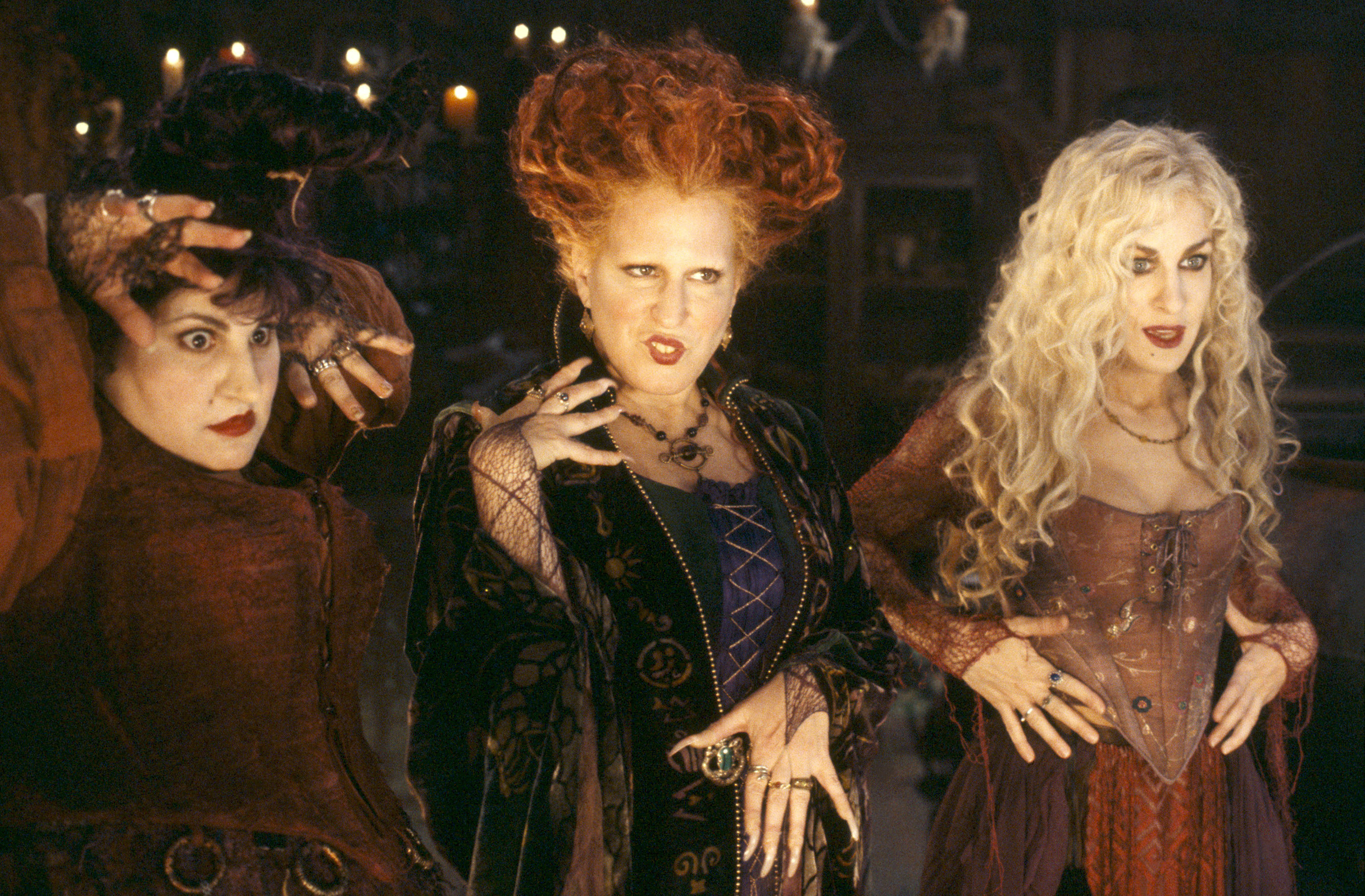
Buena Vista Pictures/Courtesy Everett Collection
David was inspired to pursue making it into a film after getting a great response from the kids who read the magazine.
24. Treasure Planet is actually the most expensive 2D animated movie ever made, costing up to $140 million to make. Like Tangled, the movie had been years in development (first pitched in 1985), but it also caused much debate within the studio about what the direction of the movie should be. Though a cult classic today, the movie bombed at the box office and is cited as the reason Disney moved away from 2D animated movies.
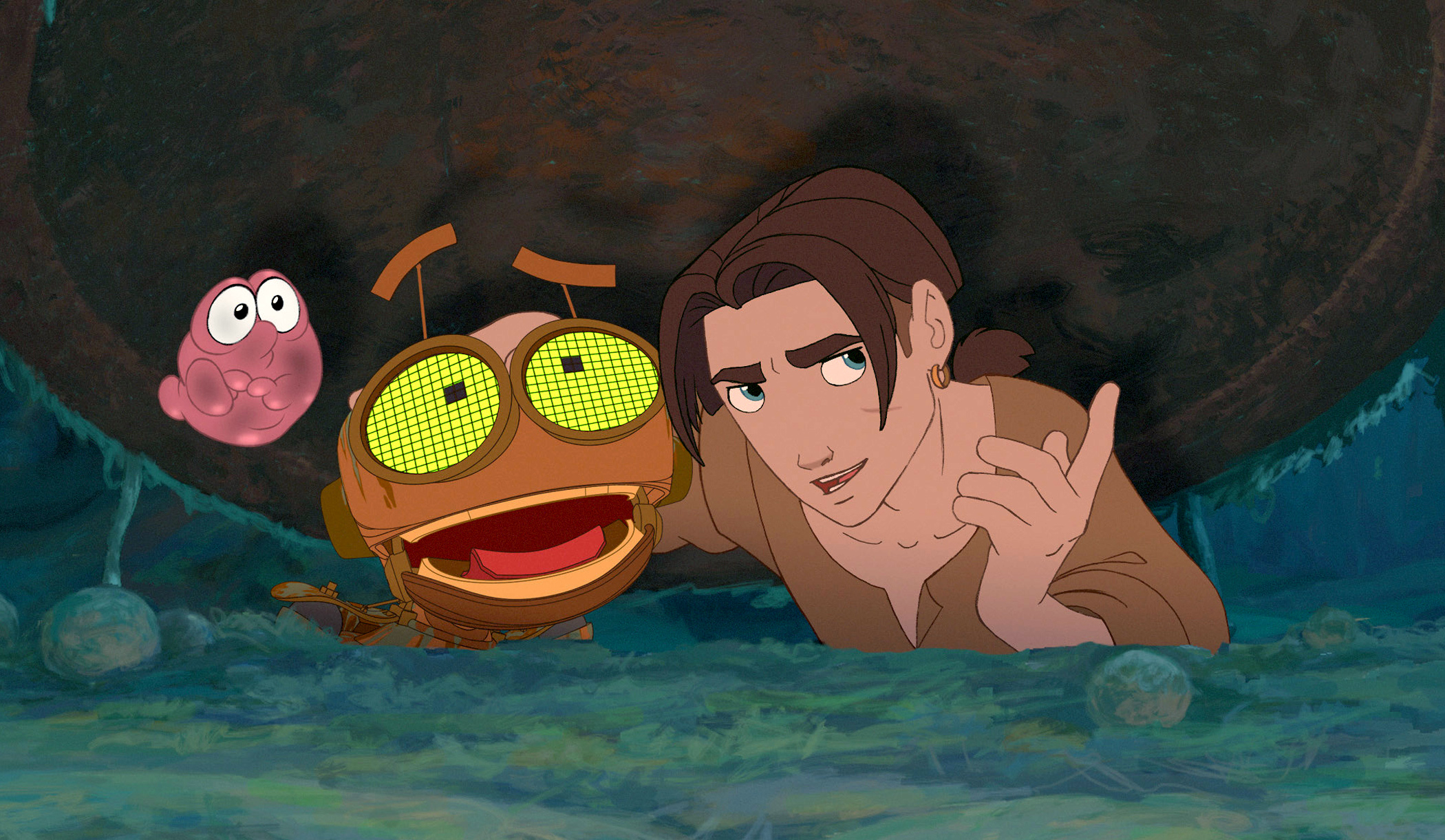
Walt Disney Co. / ©Walt Disney Co./Courtesy Everett Collection
Aside from Disney trying to create a film that competed with Pixar and DreamWorks, Treasure Planet also faced competition: It was released in the same month as Harry Potter and the Chamber of Secrets, which was another reason the film did poorly.
25. A few years before she would appear in Disney's Mary Poppins, Julie Andrews partially inspired the design of Anita in 101 Dalmatians. At the time of the 101 Dalmatians production, Julie was most famous for playing Eliza Doolittle on Broadway in My Fair Lady.
Disney, Screen Archives / Getty Images
However, her portrayal of Eliza Doolittle wasn't what landed her Mary Poppins — it was her performance as Queen Guinevere in Camelot (another high-profile Broadway show) that "wowed" Walt and made him want to cast her.
26. According to British writer Brian Sibley, who had befriended Mary Poppins author P.L. Travers during the 1980s, there could've been a Mary Poppins sequel. One day, she mentioned that Disney had reached out again to ask about another film and that she was going to say no, to which Brian replied that it was a shame there hadn't been a sequel. To his surprise, P.L. said she would agree to it only if she had control and if he wrote it.
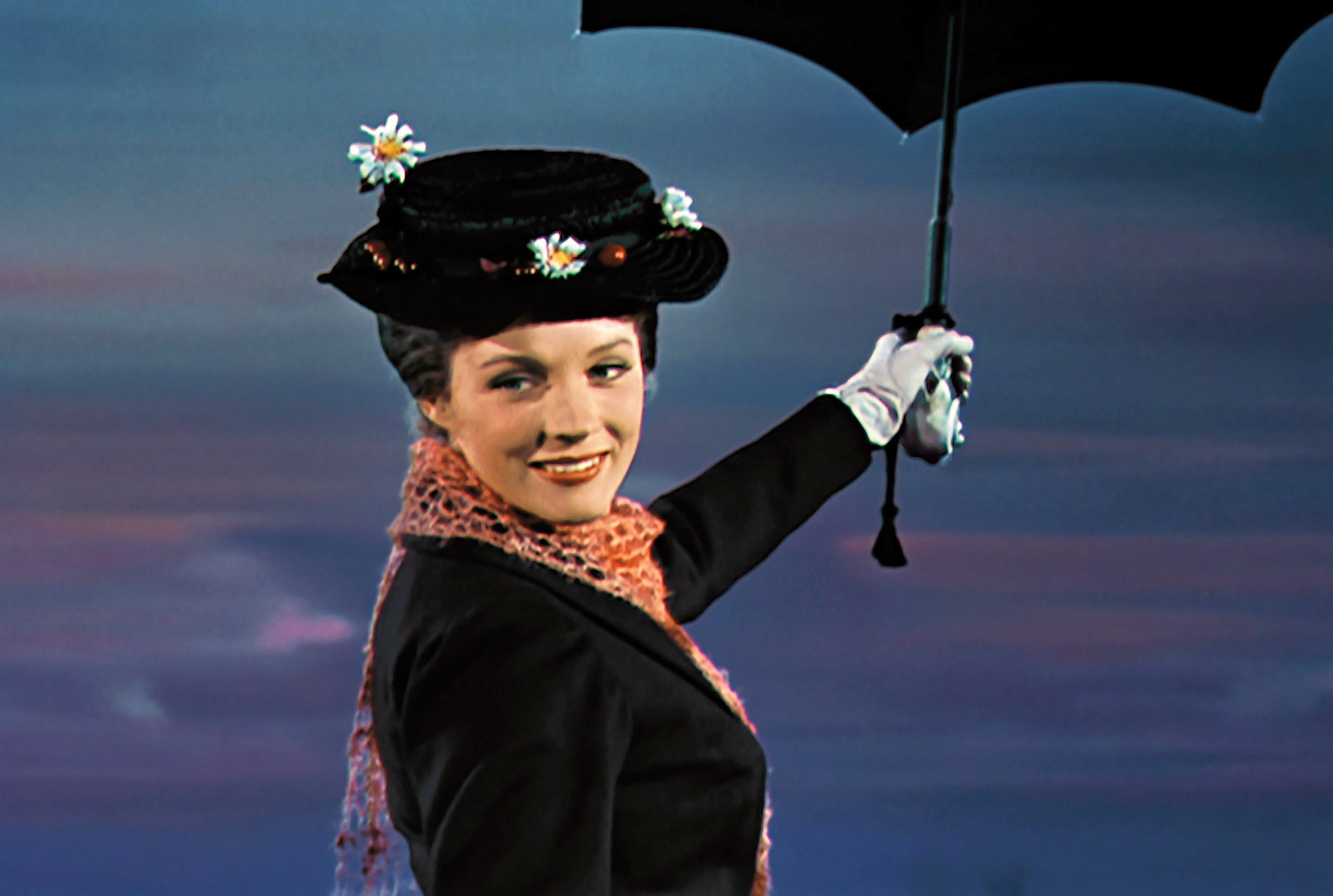
Disney / Courtesy Everett Collection
Brian then wrote to Roy Disney (Walt's nephew, whom Brian had met before) about there being a real chance of a sequel. He then sat down with P.L. for months to write the script. While the studio had been interested — going as far as flying Brian to LA and having script conferences — things started to fall apart when it came to casting it. Julie did not want to return to the role, and they couldn't find a good fit for the new "Bert" character. To add to that, new executives began running Disney. Eventually the entire movie was abandoned.
27. The Black Cauldron is Disney's most infamous production and a low point that nearly killed the animation department. However, the film — which was in development since 1973 — was doomed nearly from the start. In 1979, legendary animator Don Bluth, whose team had been working on The Black Cauldron, left Disney, taking 14 key animators with him to start his own animation production company. This left Disney's already small animation department short-staffed and impacted the film's production, causing issues with the story's direction and animation quality, ultimately resulting in a disjointed film.
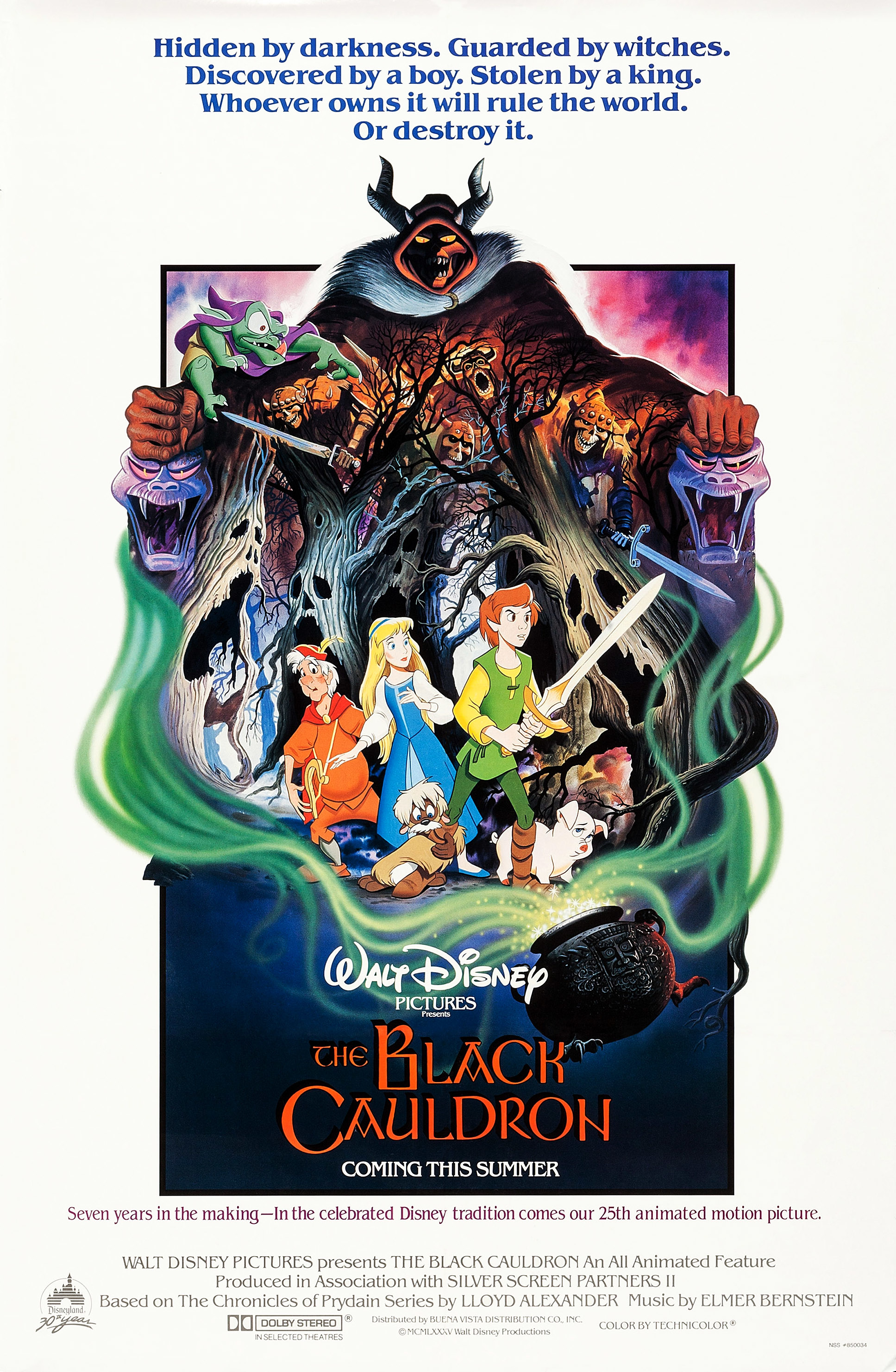
Buena Vista Pictures / ©Buena Vista Pictures/courtesy Everet / Everett Collection
Though it was originally scheduled to be released in 1980, Disney was forced to delay it by several years (at first saying it would be released in Christmas 1984, before ultimately releasing it in the Summer of 1985) as they reworked the story and trained new animators.
28. The iconic boulder-rolling scene in Raiders of the Lost Ark is an homage to a very similar thing that happened in the 1954 Scrooge McDuck comic, "The Seven Cities of Cibola."
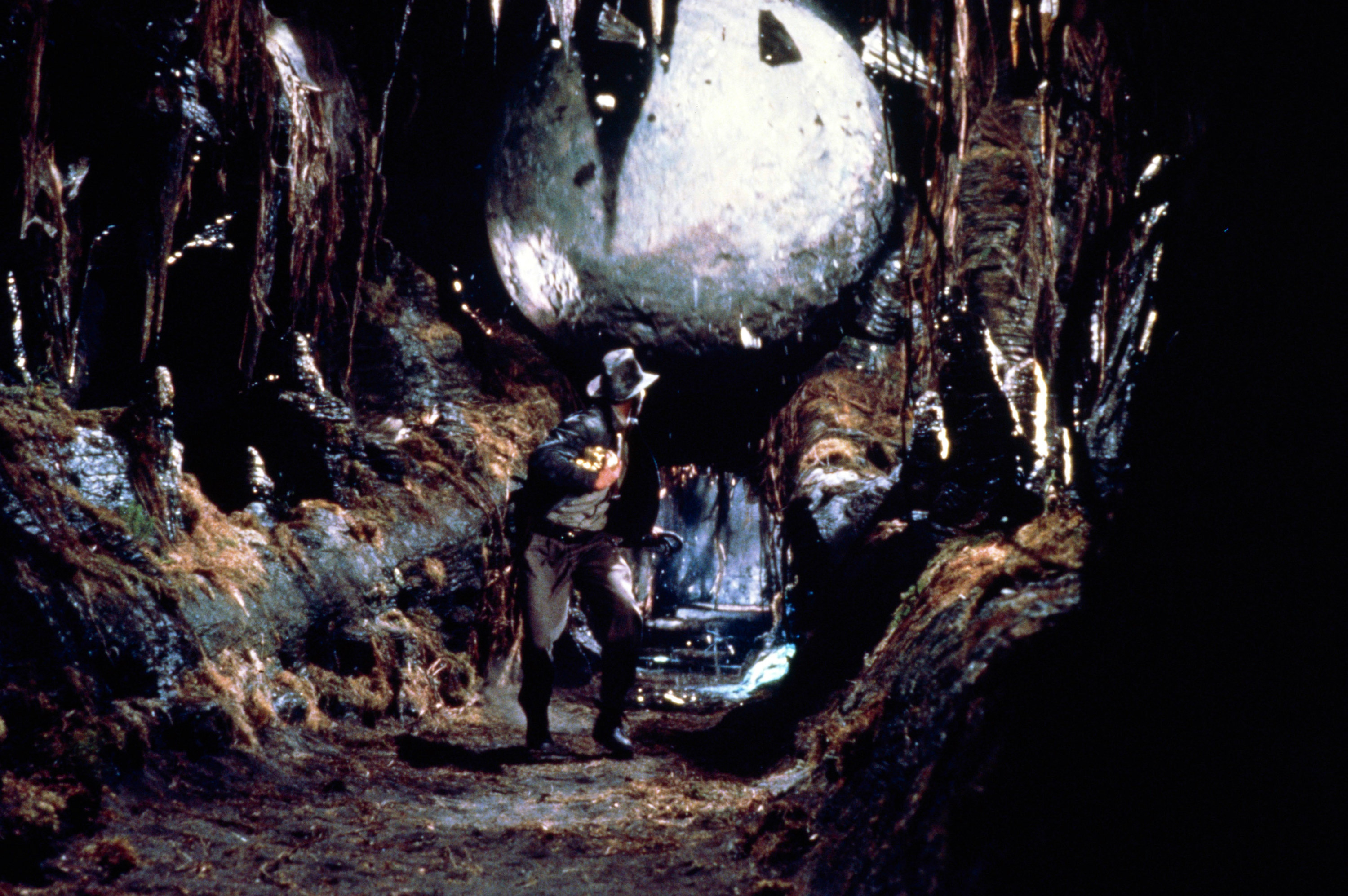
Paramount / Courtesy Everett Collection
In the comic, Scrooge, Huey, Dewey, and Louie travel to a lost city where they find an emerald idol. However, noticing it is booby-trapped, they decide not to take it. What they don't realize is that they have been followed by the Beagle Boys, who decide to steal the idol, which sets off a giant boulder that chases after them.
George Lucas was a big fan of the Scrooge McDuck comics (which were created by Carl Barks) growing up and told Edward Summer, a writer who put together a book of Barks' Scrooge comics, that the boulder scene in Raiders was a "conscious homage" to "The Seven Cities of Cibola."
29. In a sort of full-circle moment, the Raiders logo would go on to inspire the DuckTales one:
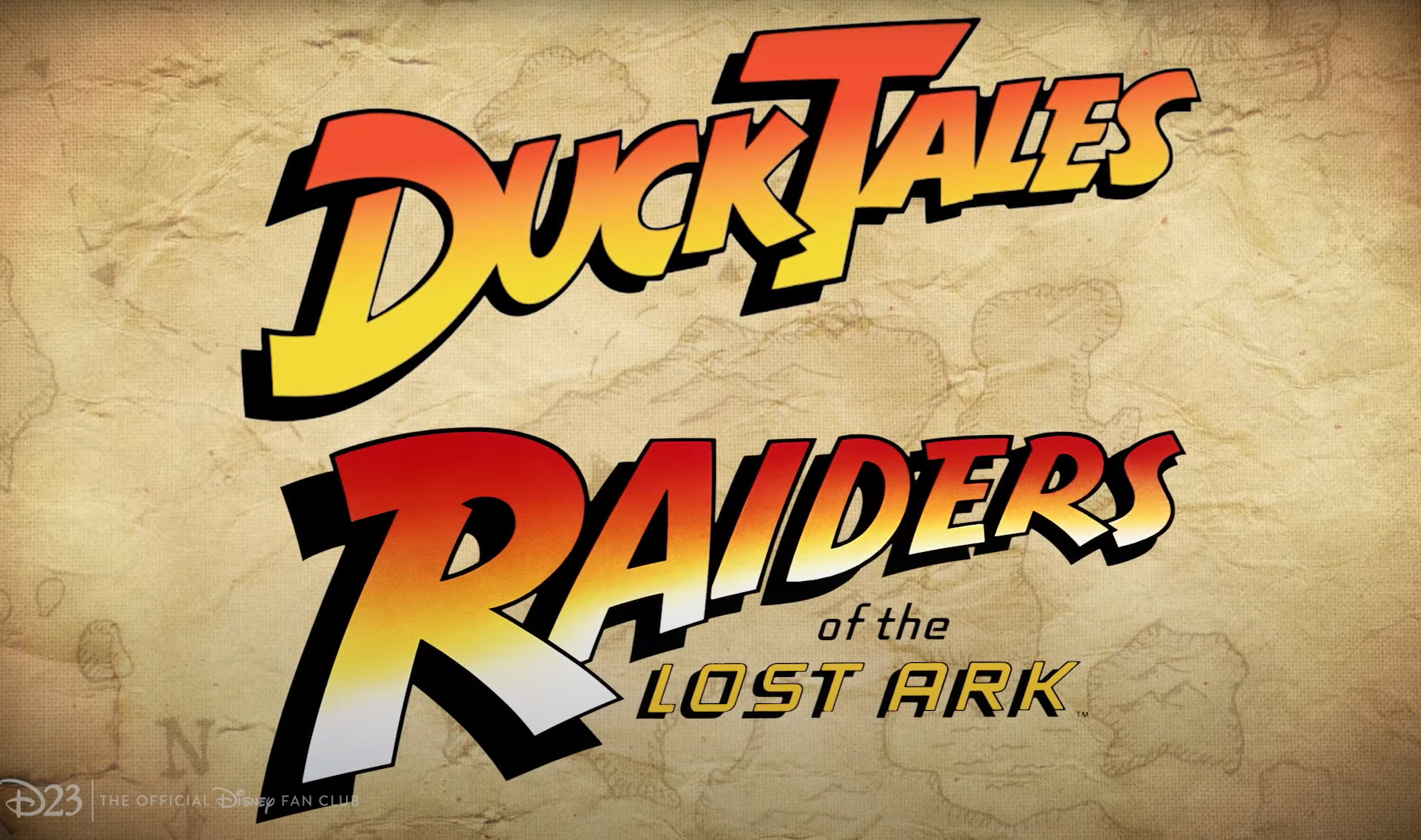
30. The DuckTales theme song is one of the catchiest Disney songs of all time (and one of the best theme songs ever, IMO). The song was written by songwriter Mark Mueller, who said he wrote the song in about 45 minutes and that the only instruction Disney gave him was that they wanted a pop radio song not a "cartoon song." Mueller would also go on to write the theme song for Chip 'n Dale Rescue Rangers.

Disney+ / Via youtube.com
And '90s kids, yes, Mueller does have a knack for writing pop radio songs! He actually cowrote Jennifer Paige's 1998 hit song "Crush."
31. If you watched the brilliant Chip ’n Dale: Rescue Rangers movie, then you know the villain of it was a grown-up Peter Pan. However, according to the film's director, Akiva Schaffer, they also had a version that they "played with" where the villain was a grown-up Charlie Brown.
/ ©Disney+/Courtesy Everett Collection, United Features Syndicate / ©United Features Syndicate/Courtesy Everett Collection
According to Akiva, while they toyed with the idea, they never attempted to get the rights.
32. Ugly Sonic's appearance in the Chip ’n Dale: Rescue Rangers movie was arguably the best cameo. However, Ugly Sonic was not supposed to be in the movie; originally, the character at the expo that Dale talks with was supposed to be Jar Jar Binks.
33. In The Lion King, Mufasa was originally not supposed to appear again after his death. The spirit scene was added because producers felt that Simba needed to see his father again. This was also the last scene created for the movie.
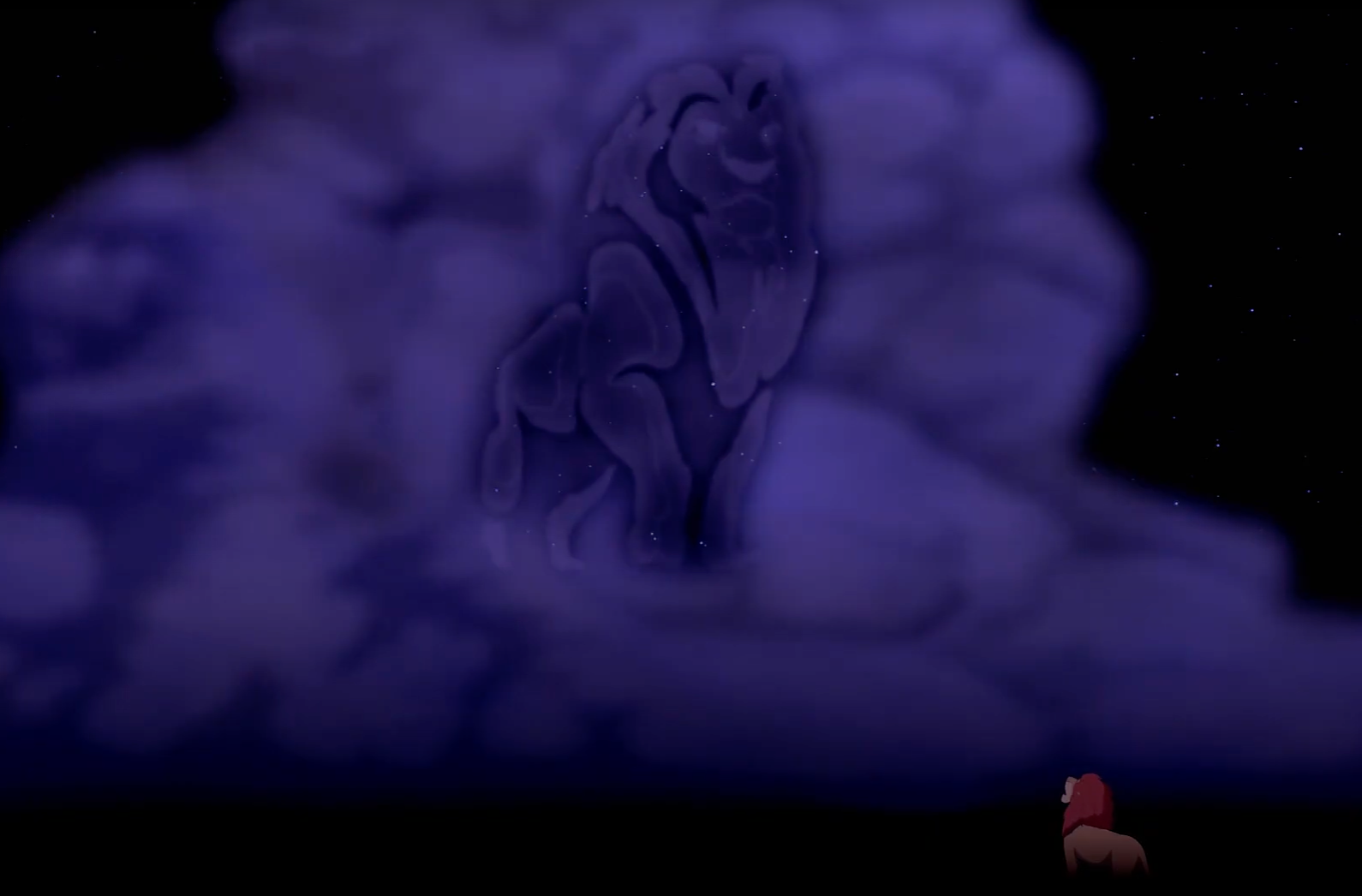
Disney
34. Andreas Deja — who was the supervising animator for Gaston in Beauty the Beast — took inspiration for the design of the character from Brom Bones, who was Ichabod Crane’s nemesis in The Legend of Sleepy Hollow.
Disney / Via giphy.com, Disney / Via giphy.com
According to Andreas, he based Gaston's "swagger" on men in the gym who would check themselves out in the mirror.
35. And lastly, the final ballroom dance scene in Beauty and the Beast reuses the animation from the final dance scene in Sleeping Beauty. But contrary to popular belief, it wasn't done to save money — it was actually done to save time.

Disney
According to Gary Trousdale, who co-directed the movie, they decided to do this since they were short on time and had to deliver the movie to the studio, saying, "We were just days from our final deadline to deliver, and we had an entire dance sequence (the last scene of the movie, not the ballroom) to do. Everyone was booked and busy...so we took the Sleeping Beauty dance, re-sized and re-positioned it, and gave the note, 'Note to Clean-up: Clean up Aurora as Belle; clean up Prince Charming as Beast.'"
 2 months ago
6
2 months ago
6



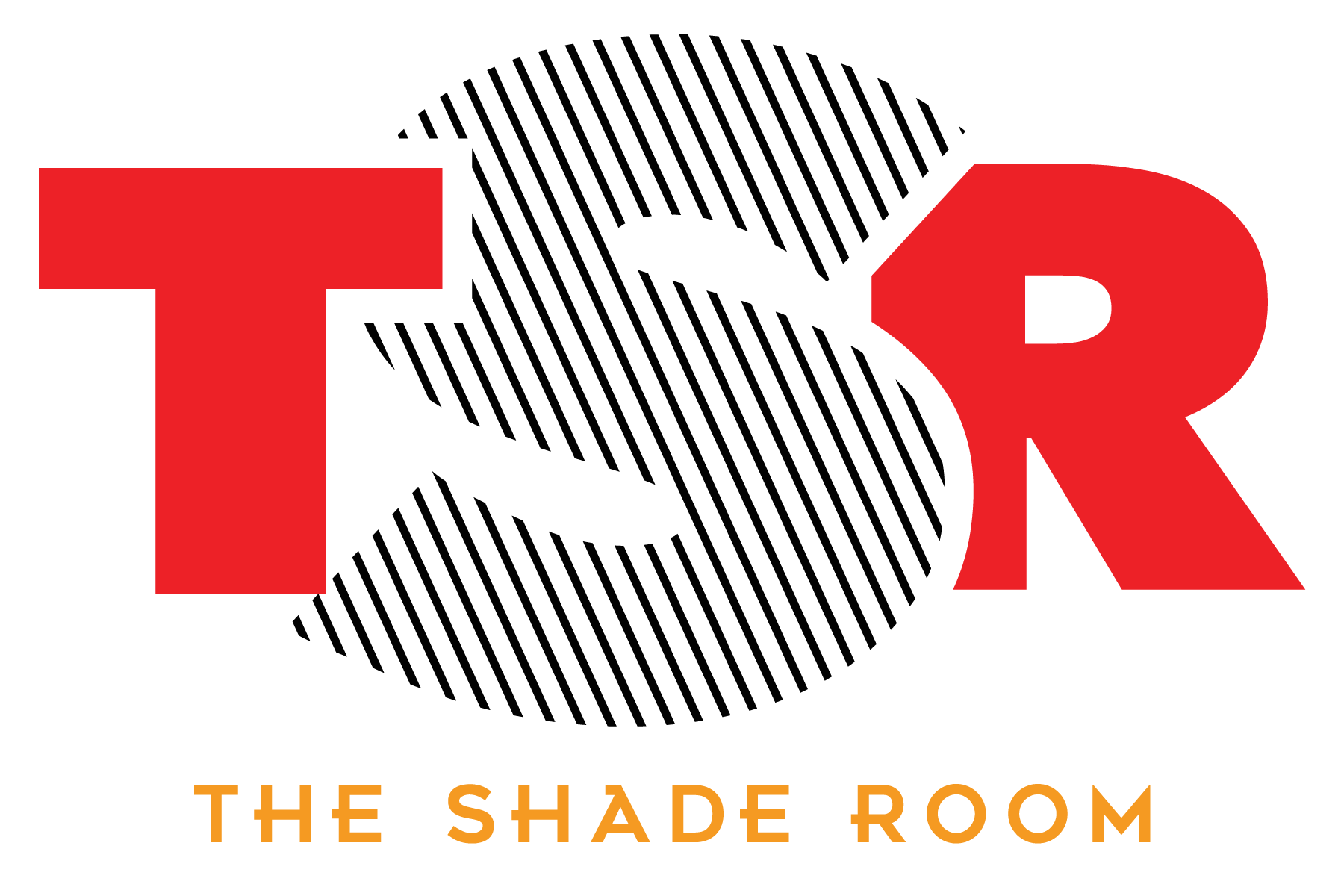


/cdn.vox-cdn.com/uploads/chorus_asset/file/25843480/Screenshot_2025_01_23_at_8.24.52_AM.png)
/cdn.vox-cdn.com/uploads/chorus_asset/file/25843386/rtx_5090_sean_hollister_verge_331A1028.jpg)


/cdn.vox-cdn.com/uploads/chorus_asset/file/25842117/257518_Nvidia_RTX_5090_TWarren_0005.jpg)








 English (US) ·
English (US) ·